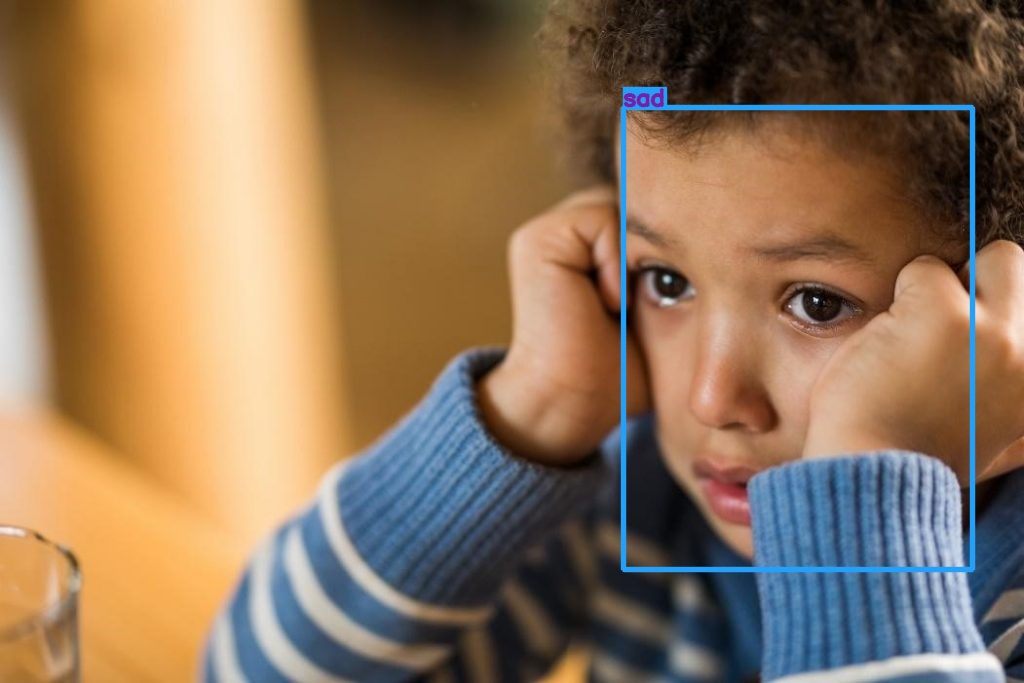Child psychology explores how children think, feel, and behave as they grow, focusing on emotional, cognitive, and social development. It examines how early experiences, attachment, and environment shape a child’s personality and coping skills. Before children learn words, their emotions speak through tone, gesture, and rhythm, the first language of connection. Understanding child psychology helps parents, educators, and therapists respond not just to what children say, but to how they feel and communicate beyond words.
Child psychology studies the
mental, emotional, and behavioral development
of children from infancy through adolescence. It investigates how genetics, relationships, learning environments, and culture interact to form the child’s mind and emotional world. Foundational theorists like
Erik Erikson
emphasized trust and emotional security in early stages, while
Jean Piaget
explored how emotions shape cognitive schema formation. From tantrums to curiosity, each emotional expression reveals the evolving relationship between affect and understanding.
Children often communicate their emotions
nonverbally
, through tone, movement, and silence, long before they can articulate their thoughts. As the quote from
Albus Dumbledore
reminds us, “A child’s voice, however honest and true, is meaningless to those who have forgotten how to listen.” Emotional listening is, therefore, central to child psychology. When caregivers or professionals misinterpret emotional cues, it may lead to emotional invalidation, delays in social development, or misdiagnosis of
neurodiverse traits.
Child psychology also addresses the
importance of early emotional attunement, empathy in caregivers, and the recognition of neurodiversity. Children on the autism spectrum, for instance, may express feelings differently through tone, facial expression, or body language, making emotion-informed assessment vital for support and inclusion.

Emotion AI and Child Psychology
Emotion AI, particularly
Audio Emotion AI
, redefines how we understand child emotions by decoding the subtle emotional patterns in a child’s voice, tone, pitch, pauses, and energy. It allows psychologists and parents to perceive distress, joy, or hesitation even when a child’s words are unclear or masked.
-
Early Detection:
Helps identify neurodiversity or emotional dysregulation through irregular vocal patterns.
-
Therapeutic Support:
Assists therapists in tracking emotional progress and identifying anxiety triggers.
-
Caregiver Empowerment:
Offers emotional summaries or alerts, enabling proactive, empathetic parenting.
Beyond therapy, developers can integrate Emotion AI into
learning apps, therapy companions, or emotional literacy games
, creating experiences that listen as children learn and play. Multimodal Emotion AI, combining audio, facial, and text cues, offers a holistic emotional map that supports both research and compassionate intervention.
Ultimately, child psychology and Emotion AI share one goal: to
help us relearn how to listen
. When technology amplifies human empathy, children’s voices are not just heard, they are understood.
Note:
Emotion AI serves as a supportive tool in understanding children’s emotional expressions and behavioral patterns. It helps identify subtle cues in facial expressions, tone, and language that may indicate distress, curiosity, or engagement. However, these insights are meant to assist caregivers, educators, and psychologists, not to diagnose. In the case of children, interpretation must always be handled with professional care and contextual understanding, ensuring that data from Emotion AI supports compassionate guidance rather than labels or conclusions.
